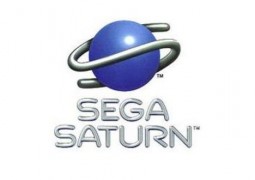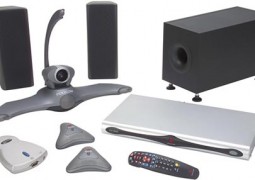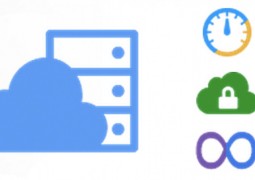Valve is Set to Launch Steam Greenlight, The Community Driven Game Catalog
by 9 July, 2012 7:16 pm0
Valve’s Steam digital distribution platform is quite popular. In fact, Steam offers one of the best ways to purchase a digital copy of a game.
After purchasing a game from Steam, you can download and install the related content, at any time, by logging into your Steam account from any computer. Of course, the downloads do take a while for more notable titles, and you can only be signed into a Steam account on one computer at a time, but it’s an excellent way to keep your games available.
Steam also offers the in-game overlay, which essentially allows you to chat with friends, browse the internet and take advantage of different activities by opening the Steam menu from within any fullscreen game.
When you use a particular distribution platform like Steam to obtain a majority of your games, you start to look for more and more titles in the Steam catalog. In fact, we would prefer that all games were available to purchase through Steam.
Unfortunately, the world of digital distribution doesn’t work like that. There are always obstacles keeping some games from making their way to the Steam catalog. Adding new games is a lengthy process, which is why there is a separate Greenlight team that decides what games to add next.
Valve is changing direction, and will now let you to choose what games come to Steam next.

Introducing Steam Greenlight, The Community Driven Game Catalog
Valve is introducing Steam Greenlight to let the community to choose what games will be added to the catalog. The following text was taken directly from the Steam Greenlight announcement page:
“Over the many years that Steam has been selling games, the release rate of games on Steam has continued to grow significantly. But given Steam’s existing technological pipeline for releasing games, there’s always been a reliance on a group of people to make tough choices on which games to not release on Steam. There are titles that have tied up this internal greenlight group in the past, and we knew there had to be a better way.”
“With the introduction of the Steam Workshop in October 2011, Steam established a flexible system within Steam that organizes content and lets customers rate and leave feedback. This opened up a new opportunity to enlist the community’s help as we grow Steam and, hopefully, increase the volume and quality of creative submissions.”

Developers will be posting their games through Steam Greenlight, and the community will provide feedback. Though Valves says, “We are most interested in finding the games that people want, not requiring them to always hit a specific number of votes.”
Which essentially means that Valve will be adding games to the Steam catalog based on communitywide value instead of just the number of votes.
Valve even encourages developers to publish their unfinished games in Steam Greenlight, similar to other crowdfunding sites like Kickstarter. Of course, they also warn that as soon as a game is accepted into the Steam catalog it needs to be added soon after.
Steam Greenlight Developer Requirements
The requirements for Greenlight submissions aren’t too difficult to follow, games must at least run on a Windows PC but can be of any participating platforms. Developers need to own a valid and nonlimited Steam account, which means they must possess at least one game on Steam.
To publish a game on Steam Greenlight developers must provide a product description with a clear list of system requirements, a demo video and at least four screenshots.
In addition, games can not include offensive material or violate “copyright or intellectual property rights.”

When Will Steam Greenlight Be Available
Steam Greenlight will be launching sometime in August, but Valve has not given any specific dates other than that. When the service launches, it will perform similar to the existing Steam Workshop pages. The community will vote on select games, and consider whether or not the game should be added to the Steam catalog. Valve will have a dedicated team sort through the community wide chaos and identify which games were chosen to be made available.




































































